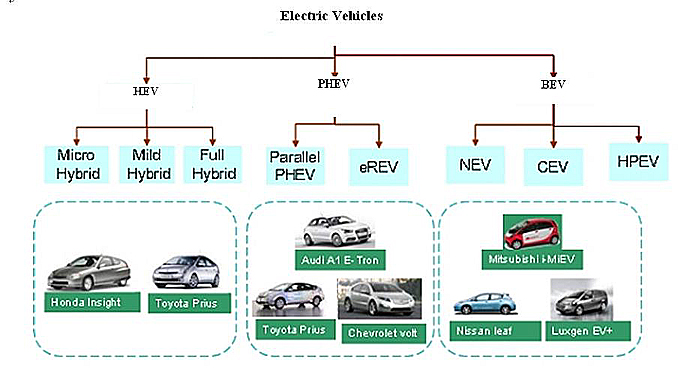Global Electric Vehicle Sales Shift Into High Gear
2011/07/29 | By Quincy LiangIncreasing environmental consciousness and soaring gas prices are prompting governments all over the world to map out policies to avoid dependence on petroleum and reduce carbon emissions by encouraging the development of electric vehicles (EVs). At the same time, technological advancements—especially in the field of batteries—are making EVs more practical and affordable.

The first mass-produced battery electric vehicle (BEV) was launched late last year. In relative terms, the global EV market, including hybrid electric vehicles (HEVs), plug-in hybrid electric vehicles (PHEVs), and BEVs, boomed in the first half of 2011, although it accounted for a very minor part of new-car sales.
Accumulated sales of the world's first commercialized HEV, the Toyota Prius, topped two million units in September 2010. The success of this “green” vehicle has prompted a growing number of other carmakers to follow suit and introduce their own electric models.

Quoting statistics compiled by Markline of the United States, Taiwan's Automotive Research & Testing Center (ARTC) said that global sales of HEVs increased almost five-fold in six years, from 157,000 units in 2004 to about 735,000 units in 2010.
BEV and PHEV sales have been following far behind sales of HEVs, with the two types together accounting for 6.1% of the total global EV market in the first half of this year. The hottest-selling BEVs were the Nissan Leaf and Mitsubishi i–MiEV, while General Motors' Volt took the lead among PHEV models. Sales of these three models in the first six months of 2011 amounted to 8,868, 1,466, and 2,745 units, respectively.

Expanding Capacity
The encouraging response from the market is encouraging makers of all kinds of EVs to expand their production capacity. Japan's Nissan, for example, is spending US$1.6 billion to refurbish and expand its Leaf plant in Smyrna, Tennessee. The project will give the plant an annual capacity of 200,000 lithium-ion battery packs and 150,000 assembled Leafs.
General Motors is upgrading its Volt assembly plant in Detroit, Michigan; when the project is completed next year, the plant will have a production capacity of about 60,000 of the PHEV Volt and the HEV Opel Ampera per year.
Mitsubishi plans to boost its EV production capacity to 25,000 units this year, about triple the 2010 figure. Tesla Motors, an American maker of sport EVs, reported that it has sold 1,600 vehicles so far and will introduce its second model, the Model S, next year. The company also plans to increase its annual capacity to 20,000 vehicles in 2013.
The German luxury brand BMW inaugurated its BMWi sub-brand in the first half of 2011 and began the global marketing of its i3 and i8 EVs, along with intelligent driving information services. The company's initial investment in these products is about US$100 million.
The ARTC expects the global EV market to expand at a compound annual growth rate of 25% in the years to come, boosting annual sales to about four million units in 2020. HEVs, PHEVs, and BEVs are expected to account for 44.8%, 18%, and 37.2% of the total, respectively.
HEVs are expected to continue leading the EV pack in the near term, because the high prices of BEV and PHEV models will cut into their competitiveness. This situation will change, however, as falling battery prices and a growing battery-recharging infrastructure help enlarge the market share of BEVs and PHEVs. The total production volume of these two types of EVs is expected to top 300,000 units in 2012.
ARTC sees strong global willingness to purchase EVs this year, with some 250,000 HEVs along with 30,000 BEVs and PHEVs being moved in the first half of 2011.




